PDF] Sensory Biology of Whip Spiders (Arachnida, Amblypygi
Por um escritor misterioso
Last updated 17 abril 2025
![PDF] Sensory Biology of Whip Spiders (Arachnida, Amblypygi](https://d3i71xaburhd42.cloudfront.net/c483a4b9d330346831203eaa4dc3bd2a4e642881/3-Figure1-1.png)
Most unusual is the fact that by the giant interneurons are prey capture, fighting, and whip spiders walk only on six legs, not on eight as orientation, unlike "true" spiders do not possess silk ments. Authors Whip spiders belong to a small arachnid order (Amblypygi) Dr. RAINER F. FOELIX, Naturama, Postfach, CH-5001 Aarau. that is not well known. Their most conspicuous feature are Switzerland; rainer.foelix@ag.ch: the elongated, extremely thin front legs ("whips", or antenniDr. EILEEN A. HEBETS, Deptartment of Ecology and Evolutinary form legs). These are no longer used for walking but are moBiology, Univ. of Arizona, Tucson, AZ 85721 USA. dified extremities carrying various sense organs very much like the antennae of insects. Whereas hundreds of olfactory ~ e y words hairs are concentrated near the tip of each antenniform leg, Arachnids, Amblypygi, sensory biology, behavior large bristles (contact chemoreceptors) are evenly distributed over the entire antenniform leg. The sensory hairs of each antenniform leg contribute about 30,000 small sensory axons which proceed toward the central nervous system Introduction (CNS). The sensory fibers originating from the mechanoreceptive bristles make chemical synapses with a few giant Whip spiders even most zoologists have not heard interneurons in the periphery. The giant axons (10-20 pm in of these animals, and even fewer have ever seen one diameter) of these large interneurons transmit nerve impulses in nature. They are 6Lexotic" indeed: although whip spiwith a high velocity (6 to the CNS. The Purpose of this ders are true arachnids (Order Amblypygi) and closely 'fast pathway still needs to be determined. Originally it was thought that the fast giant axons would trigger quick escape related to web spiders (Araneae), they differ in several reactions, but this was not confirmed in physiological experiaspectsUnlike "true" spiders do not possess silk ments. However, other possible behaviors that may be aided glands or poison glands. Most unusual is the fact that by the giant interneurons are prey capture, fighting, and whip spiders walk only on six legs, not on eight as orientation. most other arachnids do. This is because their first what makes whip spiders unique is that both synapses and pair of legs are very thin (< 0.5 mm) and long (up to 30 giant neurons are located far out in the peripheral nervous cm!) and are held out above the ground. These elonsystem. In all other arthropods except for some arachnids synapses and giant fiber systems are always found inside the gated legs greatly insect CNS. never in the ~er i~hew. nae and correspondingly are equipped with thousands . . . Kurzfassung GeiOelspinnen gehBren zu einer klelnen, wenig bekannten Ordnung der Spinnentiere, den Amblypygi. Ihr auffallendstes Merkmal sind die stark verlangerten, extrem dunnen Vorderbeine ("GeiOeln"). Diese werden nicht mehr zum Laufen benutzt, sondern dienen Bhnlich wie die Antennen der lnsekten als Trager verschiedener Sinnesorgane. Wtihrend die GeiReispitze Hunderte von Geruchshaaren aufweist, ist die abrige GeiOel ziemlich gleichmassig mit Borstenhaaren (Kontaktchemorezeptoren) bestilckt. In jeder GeiBel ziehen ca 30.000 kleine sensorische NeWenfaSem zum Zentralnelvensystem (ZNS). Dabei werden die mechanorezeptiven Newenfasern uber chemische Synapsen auf einlge periphere Riesenlnterneurone aufgeschaltet; deren Riesenaxone (10-20 prn 0) leiten Nervenimpulse mlt groRer Geschwindigkeit (6 mls) zum ZNS. Wofur dieses Schnellleitsystem im Verhalten der Tiere einaesetzt wird, ist noch nicht aeklart die urs~riinaof sensory organs that perceive a variety of mechanical and chemical stimuli from their environment (BECK 1968, BECK et al. 1977, HOFER & BECK 1995). The six walking legs also possess sensory hairs (mechanoreceptors for touch and vibrations), but the antenniform first legs provide the main sensory input. Whip spiders deprived of those important first extremities can no longer locate or catch any prey, nor can they orient themselves in their environment (BECK & G ~ R K E 1974;
![PDF] Sensory Biology of Whip Spiders (Arachnida, Amblypygi](https://media.springernature.com/lw685/springer-static/image/art%3A10.1007%2Fs10164-020-00648-0/MediaObjects/10164_2020_648_Fig2_HTML.png)
Predatory behavior and sensory morphology of the whip spider Charinus asturius (Arachnida: Amblypygi)
![PDF] Sensory Biology of Whip Spiders (Arachnida, Amblypygi](https://ars.els-cdn.com/content/image/1-s2.0-B978012415919800001X-f01-04-9780124159198.jpg)
The Sensory and Behavioural Biology of Whip Spiders (Arachnida, Amblypygi) - ScienceDirect
![PDF] Sensory Biology of Whip Spiders (Arachnida, Amblypygi](https://media.springernature.com/lw685/springer-static/image/art%3A10.1007%2Fs00359-023-01612-2/MediaObjects/359_2023_1612_Fig1_HTML.png)
Comparative biology of spatial navigation in three arachnid orders ( Amblypygi, Araneae, and Scorpiones)
![PDF] Sensory Biology of Whip Spiders (Arachnida, Amblypygi](https://ars.els-cdn.com/content/image/1-s2.0-B978012415919800001X-f01-01-9780124159198.jpg)
The Sensory and Behavioural Biology of Whip Spiders (Arachnida, Amblypygi) - ScienceDirect
![PDF] Sensory Biology of Whip Spiders (Arachnida, Amblypygi](https://ars.els-cdn.com/content/image/1-s2.0-B978012415919800001X-f01-05-9780124159198.jpg)
The Sensory and Behavioural Biology of Whip Spiders (Arachnida, Amblypygi) - ScienceDirect
![PDF] Sensory Biology of Whip Spiders (Arachnida, Amblypygi](https://d3i71xaburhd42.cloudfront.net/c483a4b9d330346831203eaa4dc3bd2a4e642881/12-Figure11-1.png)
PDF] Sensory Biology of Whip Spiders (Arachnida, Amblypygi)
![PDF] Sensory Biology of Whip Spiders (Arachnida, Amblypygi](https://media.springernature.com/lw685/springer-static/image/art%3A10.1186%2Fs12983-018-0293-6/MediaObjects/12983_2018_293_Fig7_HTML.png)
Also looking like Limulus? – retinula axons and visual neuropils of Amblypygi (whip spiders), Frontiers in Zoology
![PDF] Sensory Biology of Whip Spiders (Arachnida, Amblypygi](https://media.springernature.com/m685/springer-static/image/art%3A10.1007%2Fs12542-021-00552-z/MediaObjects/12542_2021_552_Fig1_HTML.png)
The fossil record of whip spiders: the past of Amblypygi
![PDF] Sensory Biology of Whip Spiders (Arachnida, Amblypygi](https://media.springernature.com/m685/springer-static/image/art%3A10.1186%2Fs13227-020-00163-w/MediaObjects/13227_2020_163_Fig3_HTML.png)
Genomic resources and toolkits for developmental study of whip spiders ( Amblypygi) provide insights into arachnid genome evolution and antenniform leg patterning, EvoDevo
![PDF] Sensory Biology of Whip Spiders (Arachnida, Amblypygi](https://0.academia-photos.com/attachment_thumbnails/56115834/mini_magick20220706-11424-mm0m6h.png?1657111463)
PDF) Global patterns of sexual dimorphism in Amblypgyi
![PDF] Sensory Biology of Whip Spiders (Arachnida, Amblypygi](https://media.springernature.com/m685/springer-static/image/art%3A10.1186%2Fs12862-017-0931-1/MediaObjects/12862_2017_931_Fig2_HTML.gif)
The phylogeny of fossil whip spiders, BMC Ecology and Evolution
![PDF] Sensory Biology of Whip Spiders (Arachnida, Amblypygi](https://i1.rgstatic.net/publication/343954933_Genomic_resources_and_toolkits_for_developmental_study_of_whip_spiders_Amblypygi_provide_insights_into_arachnid_genome_evolution_and_antenniform_leg_patterning/links/5fc45f5ba6fdcc6cc683e60a/largepreview.png)
PDF) Genomic resources and toolkits for developmental study of whip spiders (Amblypygi) provide insights into arachnid genome evolution and antenniform leg patterning
A new species of Charinus (Amblypygi: Charinidae) from Ghana, with notes on West African whip spiders
![PDF] Sensory Biology of Whip Spiders (Arachnida, Amblypygi](https://0.academia-photos.com/attachment_thumbnails/62207733/mini_magick20200226-19450-53bdj0.png?1582758663)
PDF) Sexual dimorphism in the size and shape of the raptorial pedipalps of Giant Whip Spiders (Arachnida: Amblypygi
![PDF] Sensory Biology of Whip Spiders (Arachnida, Amblypygi](https://d3i71xaburhd42.cloudfront.net/c483a4b9d330346831203eaa4dc3bd2a4e642881/5-Figure2-1.png)
PDF] Sensory Biology of Whip Spiders (Arachnida, Amblypygi)
Recomendado para você
-
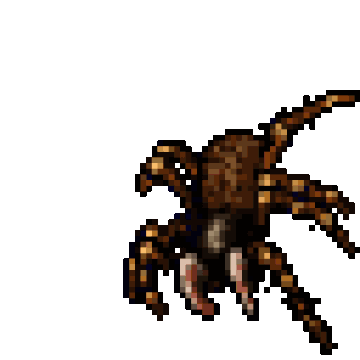 Spider Caves, TibiaWiki17 abril 2025
Spider Caves, TibiaWiki17 abril 2025 -
 Giant Spider Asset Pack 2 Roll20 Marketplace: Digital goods for17 abril 2025
Giant Spider Asset Pack 2 Roll20 Marketplace: Digital goods for17 abril 2025 -
 tibia guild Guardians of Tanelorn17 abril 2025
tibia guild Guardians of Tanelorn17 abril 2025 -
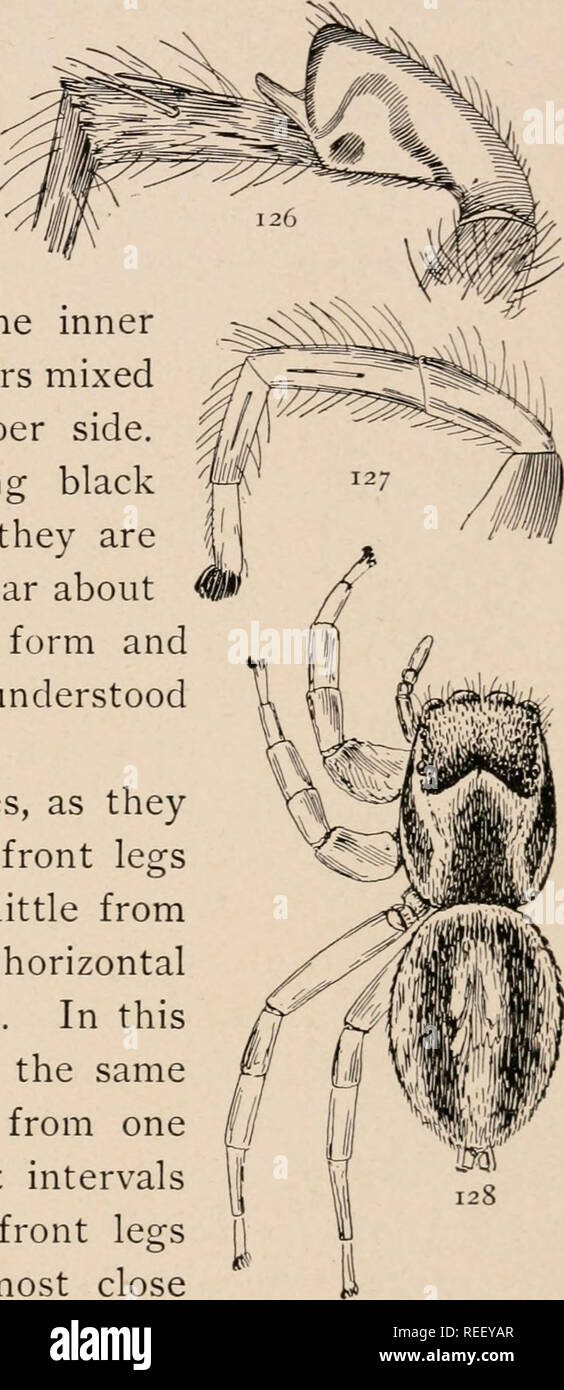 The common spiders of the United States. Spiders -- United States17 abril 2025
The common spiders of the United States. Spiders -- United States17 abril 2025 -
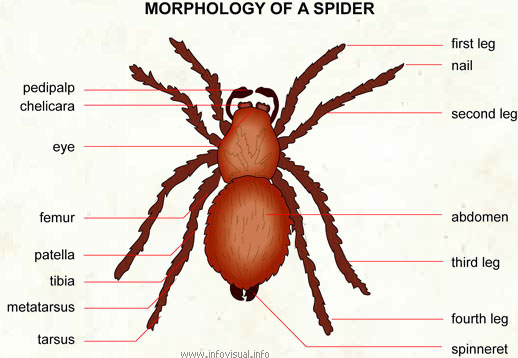 Spider - Visual Dictionary17 abril 2025
Spider - Visual Dictionary17 abril 2025 -
 What can be considered as oldschool decoration? - TibiaQA17 abril 2025
What can be considered as oldschool decoration? - TibiaQA17 abril 2025 -
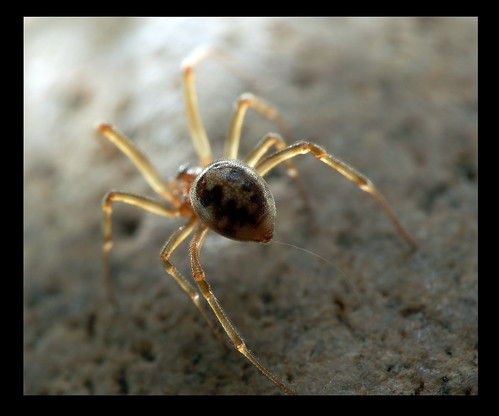 Spider Anatomy Flashcards17 abril 2025
Spider Anatomy Flashcards17 abril 2025 -
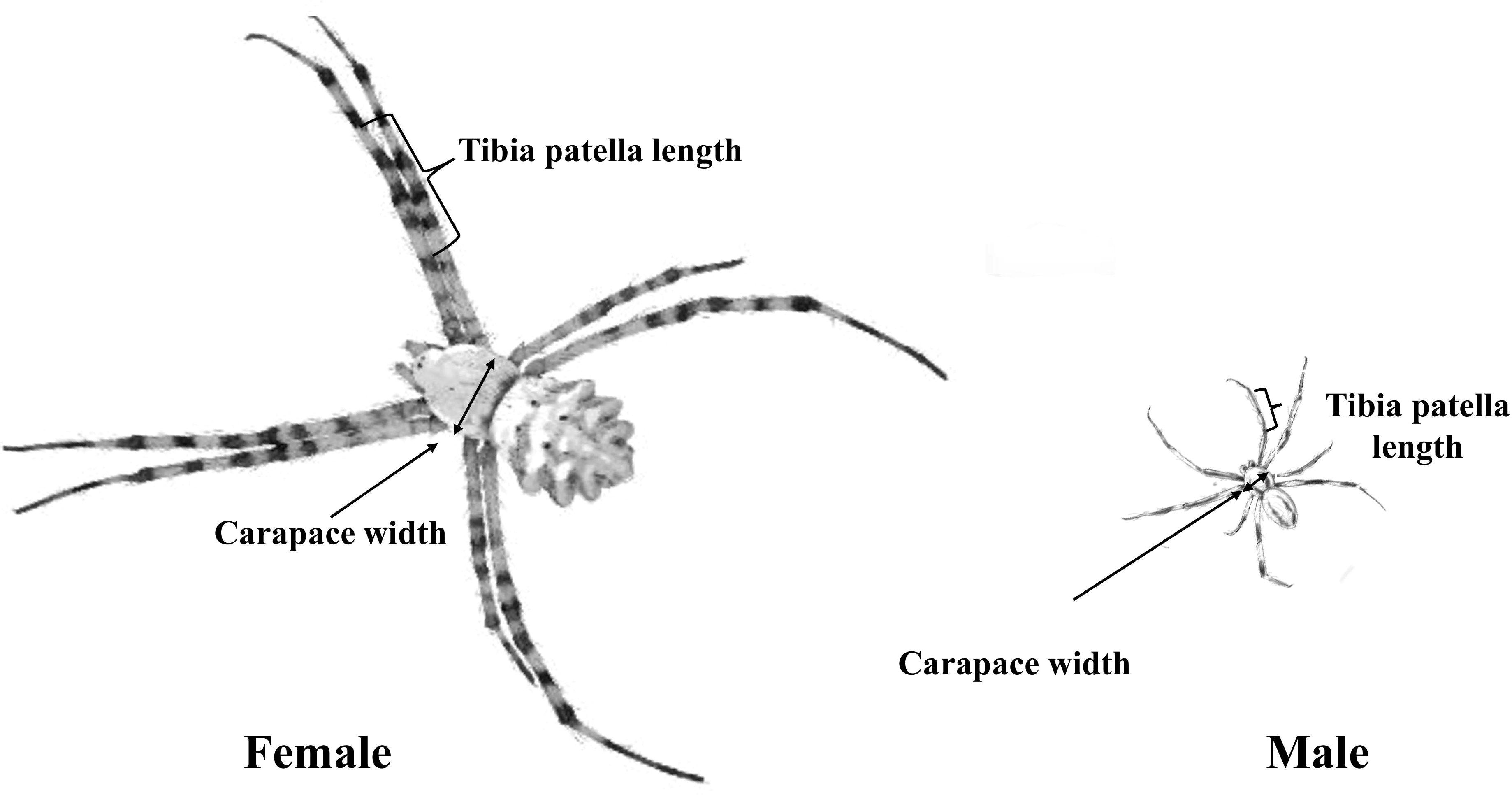 Intraspecific body size variation and allometry of genitalia in17 abril 2025
Intraspecific body size variation and allometry of genitalia in17 abril 2025 -
![Book Excerpt] Basic Spider Anatomy - Pest Control Technology](https://www.pctonline.com/FileUploads/image/PCT0512_pg120.jpg) Book Excerpt] Basic Spider Anatomy - Pest Control Technology17 abril 2025
Book Excerpt] Basic Spider Anatomy - Pest Control Technology17 abril 2025 -
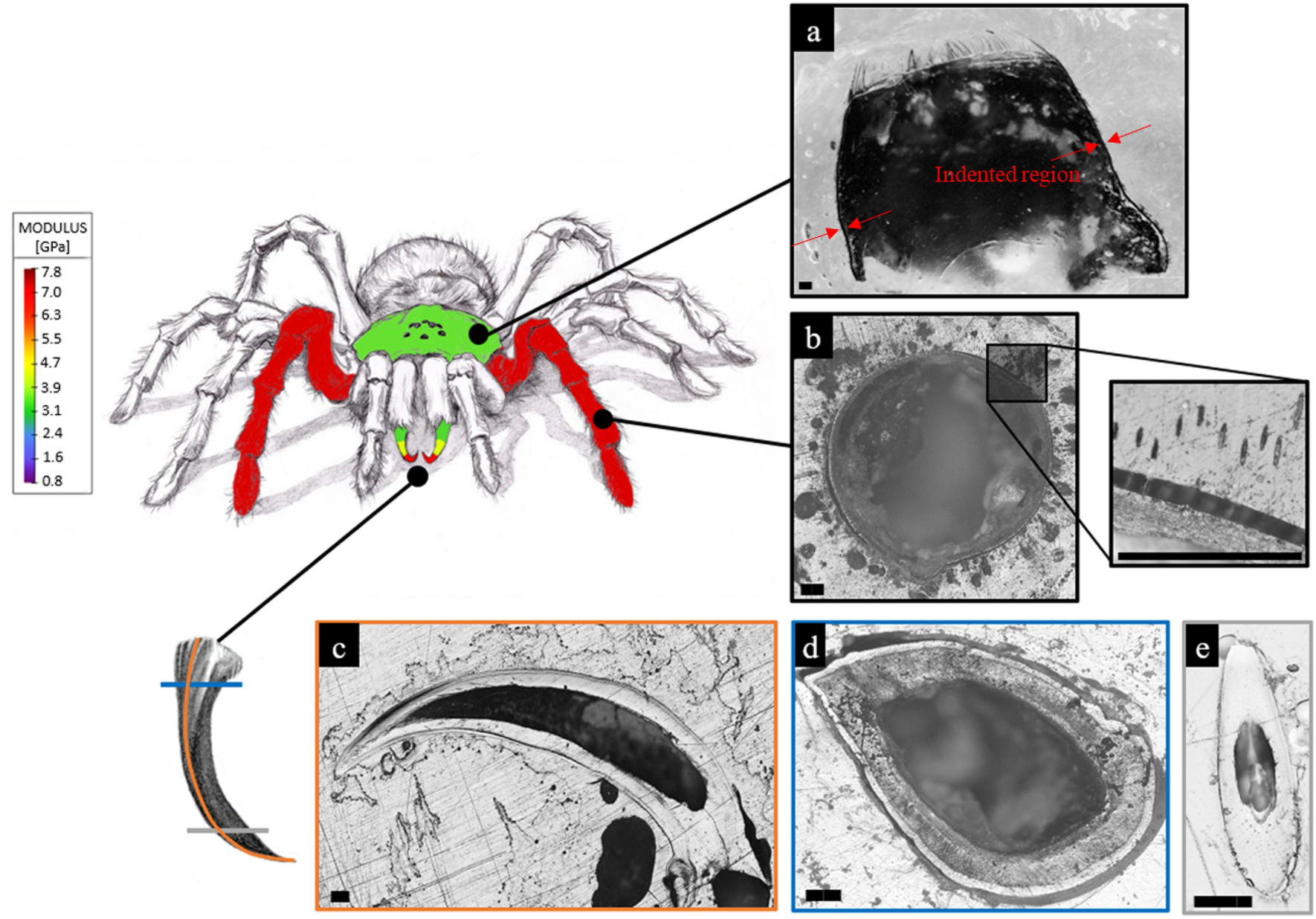 The mechanical characterization of the legs, fangs, and prosoma in17 abril 2025
The mechanical characterization of the legs, fangs, and prosoma in17 abril 2025
você pode gostar
-
 Revised Bounties Prediction For 1055 after looking at 105317 abril 2025
Revised Bounties Prediction For 1055 after looking at 105317 abril 2025 -
 Vtuber Vt GIF - Find & Share on GIPHY17 abril 2025
Vtuber Vt GIF - Find & Share on GIPHY17 abril 2025 -
one piece nami vs ulti manga|TikTok Search17 abril 2025
-
 It's not like you guys can win.. - Imgflip17 abril 2025
It's not like you guys can win.. - Imgflip17 abril 2025 -
 RC Drift Car Turbo Racing 1:76 C64 Mini RC Car Toys17 abril 2025
RC Drift Car Turbo Racing 1:76 C64 Mini RC Car Toys17 abril 2025 -
 leandro silveira (@silveira3394) • Fotos e vídeos do Instagram17 abril 2025
leandro silveira (@silveira3394) • Fotos e vídeos do Instagram17 abril 2025 -
 SP Ultra Instinct Goku (Red) Dragon Ball Legends Wiki - GamePress17 abril 2025
SP Ultra Instinct Goku (Red) Dragon Ball Legends Wiki - GamePress17 abril 2025 -
Nuestro mundo Saint Seiya17 abril 2025
-
 A provocative Opening novelty, Wesley So vs Vishy Anand, Tata Steel 2020 in 202317 abril 2025
A provocative Opening novelty, Wesley So vs Vishy Anand, Tata Steel 2020 in 202317 abril 2025 -
 Papas Freezeria Hd transparent background PNG cliparts free download17 abril 2025
Papas Freezeria Hd transparent background PNG cliparts free download17 abril 2025

